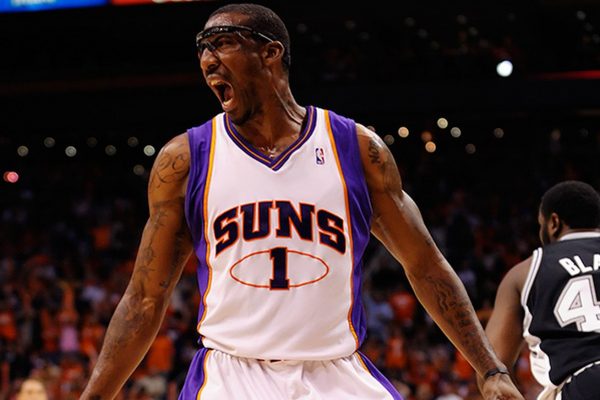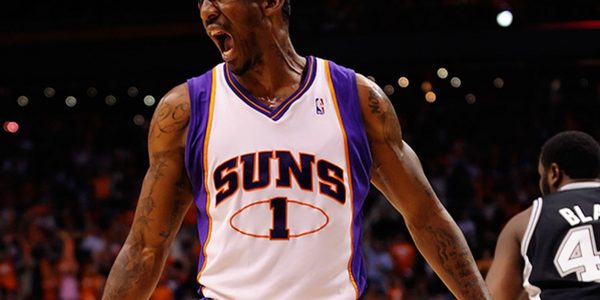
There are two kind of What If stories in the NBA, or in sports in general: What if certain decisions were or weren’t made (regarding a trade or player/team decision), and what if a specific player wasn’t plagued by injuries.
Stoudemire falls into the second category. A six-time All-Star, rookie of the year in 2003, and part of five different All-NBA teams, including one first team selection in 2007. He was probably the most explosive big man in the NBA for a short while, when playing for the Phoenix Suns and getting Steve Nash to feed him the ball. He had that kind of season with the New York Knicks, just one. But then Carmelo Anthony arrived, and the injuries really caught up with him.
Stoudemire finishes his career averaging 18.9 points and 7.8 rebounds while shooting 53.7% from the field, playing 31 minutes a night through 846 regular season games. From the 2003-2004 through the 2010-2011 season, his first on the Knicks, he averaged 23.2 points with 8.8 rebounds, making 54.3% of his shots while playing 34.3 minutes per game. From the lockout season of 2011-2012 and onward, it’s a very different story: He averaged 17.5 points that season, and then it went downhill, bottoming out at 5.8 points per game last season in Miami, playing just 52 games. It’s the only time in his career he averaged in single digits, excluding the wasted 2005-2006 season, when he played only 3 games.
Stoudemire was fun to watch. Offense only players often are. An athletic, strong and quick big man who had a nice touch from outside the paint too, he didn’t do much defensively, but on the Suns team of Mike D’Antoni and Nash, it didn’t matter. He averaged 26 points per game in 2004-2005 and 25.2 in 2007-2008, making 59% of his shots that season. There aren’t too many big man who can score with ease at the rim these days – the league has moved in different directions. Stoudemire, during his prime, was probably the best at doing it.
He didn’t lose his scoring touch later in his career, as his per minute numbers show. It was simply more difficult for him to stay on the court for too long, or dominate physically. A bit slower, a bit weaker, losing the importance he had previously. He had two runs to the conference finals with the Phoenix Suns, averaging 29.9 points in the postseason back in 2005, and 22.2 points per game in 2010, later leaving for the New York Knicks.
In the Suns he was the perfect teammate on a fun, but flawed team. On the Knicks, for a short while, he looked like the player who could help rebuild basketball in the city, putting up MVP-like numbers during his first season, helping them back into the playoffs, although the moment Anthony arrived it wasn’t the same. In Dallas he helped out, but not a lot. In Miami he wasn’t really noticed. Careers usually end that way. Stoudemire ended his NBA chapter, probably now going to play for Hapoel Jerusalem in Israel, a team he has a minority stake in. Not a hall of famer overall, but during his best, he was one of the best big men in the NBA over the last 16 years. That’s not a bad way to summarize a career.
